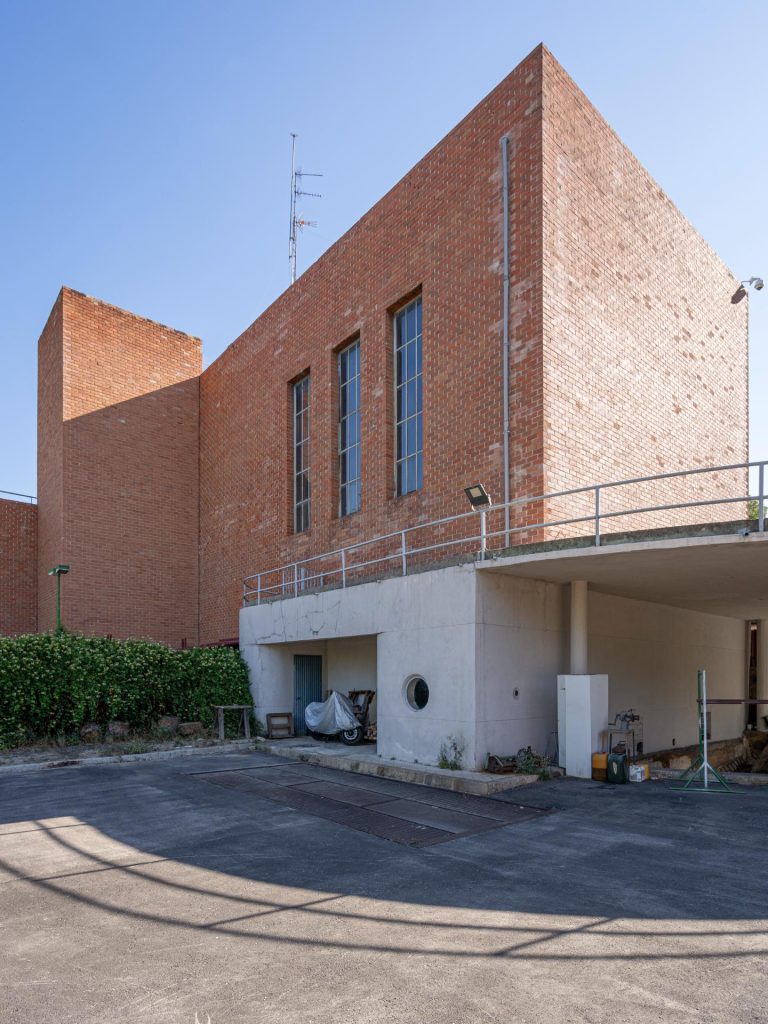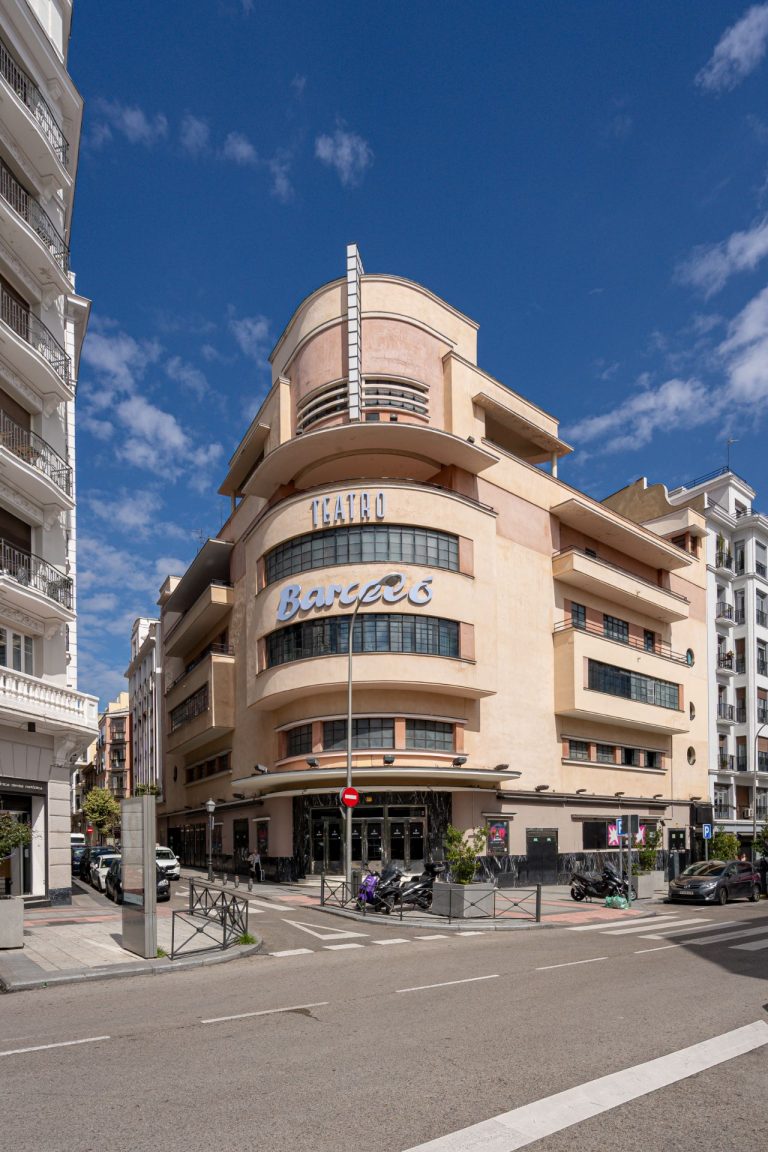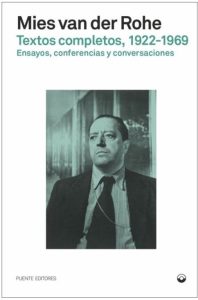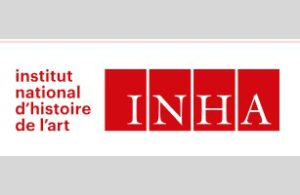Abstract
This thesis aims to look at the ways which Spanish architecture changed in the period between 1920 and 1960, and the way it was effected by travelling . The research will demonstrate that, together with other factors, such as the arrival of magazines, books, conferences and architects like Le Corbusier, Gropius, Mendelsohn, Neutra or Aalto, travelling played a key role in architecture. Also, it changed the way we look at architecture. Travelling, thanks to the published journals by “travelling architects” and the influence that they had – known beyond our borders in projects and concrete works, caused the arrival of a new type of architects. Even those who were not able to travel, knew that there was a very different reality than the reality the teachers at the school had taught them. Also, the “new reality” was different from the one that they were used to seeing in other architects of earlier generations, based mainly on the recovery of a national style focused on historicism. Throughout the investigation I will try to show the effect that the opening of borders and travelling had on this process. We will also focus on checking how it changed the way we see the architecture, from the point of view of the protagonists of the travels and those who received the information . We will see how that information is quantifiable and demonstrably classifiable into concrete proposals. It will be important to see which led to their departure. They sought and found among the influences, which had a major impact: the proposed European or American, and within the first, Dutch, German or French. The objectives to be achieved are: To contribute to a better understanding of architecture between 1920 to 1960 by the international connections, and widening the horizon. To collect, classify and analyze all obtained materials related to travelling with biographies of architects protagonists. To study what the interests of the Spanish architects were when they went abroad and why ( it will be important to see who among those architects were more open to European trends and prompted their departures for new languages). To order reflections exhibited by architects around his travels and to see what proposals and how architects reflected what they found in their search abroad. To achieve these objectives we will structure this research in three areas: In the first one, we will focus on how the Spanish architecture in the early twentieth century was. To better understand the changes that travelling caused it is necessary to understand that the predominant architecture in these years was in pursuit of its own national style, directing its gaze to the past, like we shall see. We will also see how a group of architects (Palacios, Flórez, Torres Balbás or Anasagasti) pioneered by looking beyond our borders and devote special attention to how the training was in the School. The second chapter, ranging from early 20s to the Civil War, will try to demonstrate the importance that travelling had in the process of diffusion currents. That, together with the arrival of magazines and visits by leading modern architects, led to a first opening in architecture, in response to the prevailing historicism. Among the travelers we highlight architects like Fernando García Mercadal (stressing his importance as a disseminator of modern architecture), Rafael Bergamín, Ramón Sánchez Arcas and Luis Lacasa. We will also stop to see the importance of exhibitions (with special attention to the Decorative Arts in Paris in 1925 and the Deutscher Werkbund in Stuttgart in 1927) that were held over the years and how the information came to our country . The third and final chapter starts with the post war period, a time of transition for the travels, which were scarce and in most cases were not conducted on new roads. We will see that after the war and with the dictatorship, a return to interest in historicism of the century occurred, just as in Nazi Germany. For better understanding of this period we will review the work of Luis Gutiérrez Soto. His work is explanatory of the changing of architectural trends over these years. After analyzing the case in post war, we turn to analyze, in the same way as in the first period, the manner in which rejection occurred in national style again with the arrival of books and magazines. Visits by prestigious architects and group travels of architects who, individually, went abroad in search of support, references on which to base their architecture. In this group of architects, due to the importance that the protagonists gave to the act of traveling to improve their training and the way in which they reflected what they learned in practical projects, I include Francisco de Asís Cabrero, Miguel Fisac, Ramon Vazquez Molezún and Francisco Javier Saenz de Oiza. Again, as in the first chapter, we will conclude the investigation dedicating a section to the exhibitions held in these years (mainly Interbau Berlin, 1957). Finally establishing conclusions lead us to see how far the Spanish architecture in the pre- and post -war periods changed and how much the trips were important to Spanish architects who performed abroad on the change…
Access the thesis










